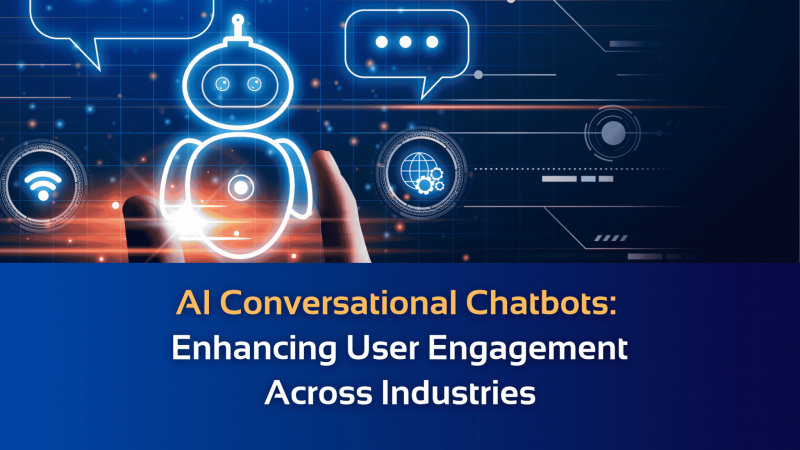How Much Does It Cost To Build An Asset Management Software

The foundation of modern enterprises is efficient digital asset management (DAM), which provides a more streamlined organizational structure, increased accessibility, and strong support for digital strategy. In particular, DAM solutions are essential for improving operational effectiveness and protecting priceless digital assets. These systems promote increased output and teamwork, which are essential components in the ever-changing world of contemporary business.
Integrating asset management software can benefit your company, regardless of whether your focus is on preventive maintenance, asset tracking, or keeping detailed asset histories. But it can be difficult to sort through the varying costs, which confuses some companies or even causes them to give up. Building an asset management software that precisely matches your unique demands requires careful study since the spectrum of features ranges from basic to advanced, including special functionalities.
A thorough understanding of the development cost is paramount when venturing into creating digital asset management (DAM) software. This demands a delicate balance of technical proficiency and market insight, with the expense evolving alongside the advancing technological landscape.
On average, the development cost for digital asset management software can vary significantly, ranging from $30,000 to $400,000. This blog endeavors to navigate the intricacies of this cost spectrum, shedding light on pivotal factors. It emphasizes leveraging customized software development services to optimize costs and enhance the end product’s efficacy. Let’s have a deeper look.
Factors Influencing The Cost Of Building An Asset Management Software
Approaching asset management software development necessitates a strategic plan from businesses, considering crucial factors such as scalability, user experience, and security, all of which intricately impact the overall cost.
Complexity and Customization of Features
The customization of functionalities to meet company objectives greatly impacts the cost of designing software for digital asset management. Both complexity and costs rise with a more complicated and feature-rich platform, particularly when combined with cutting-edge technologies like AI-driven tagging or analytics.
The level of customization necessary, such as incorporating specific features, creating customized user interfaces, or putting in place customized workflows, adds to the total cost of development. In order to properly manage associated costs and satisfy company demands, it is imperative to assess the functions and unique requirements thoroughly.
UI/UX Designs
Designing an interface that is easy to use and emulates the effectiveness of an asset management system is imperative. Effective design and UX knowledge add to the total development cost. Finding the ideal mix between usability and visual appeal is crucial, even while excellent design increases marketability and user acceptance.
Data Security Measures
In DAM software development, essential elements, including a strong security framework and data storage architecture, are essential. The decision between on-premises and cloud-based storage and security features like access controls and encryption greatly impacts costs. Setting these priorities will help to guarantee the secure management and availability of digital assets. However, it will add to the costs.
Integration with Additional Platforms and Systems
While achieving seamless connectivity with current platforms and systems improves usefulness, it also increases complexity and expense. Integrating with cloud services, social media platforms, or CRM systems requires specialized knowledge and frequently calls for extra software tools or APIs. A well-integrated system enhances the user experience, but the costs must be carefully considered.
Location and Expertise of the Development Team
One important factor in determining costs is the development team’s location. Higher fees are a result of higher living expenses in some areas. Expertise is also quite important; in DAM software development, specialist skills are more in demand. It is crucial to strike a balance between cost, experience, and location when outsourcing and the value of preserving quality should be considered before choosing a cost-effective site. A team that combines expertise, economy, and a thorough comprehension of DAM requirements is perfect.
Adherence to the Regulations
Following regulations greatly impacts how long and how much it takes to implement DAM software. Strict data handling procedures and security standards must be implemented, as they are essential for legal compliance. These steps, which are crucial in developing asset management software, might differ in complexity depending on the sector and region.
Budgetary implications arise from expanding the development scope to ensure compliance with strict regulations like GDPR and HIPAA. Compliance adds enormous value to the DAM software and is necessary for user trust and legal protection, even though it raises development costs. Compliance adds enormous value to the DAM software and is necessary for user trust and legal protection, even though it raises development costs.
Concluding Thoughts
Creating Digital Asset Management (DAM) software of the highest caliber requires collaboration with seasoned software development service providers. Working with a knowledgeable app development business gives you access to customized solutions and state-of-the-art technology, which will improve your DAM capabilities.
This partnership puts your success first, providing regular support and timely upgrades to ensure your system always performs at its best. Your vision and the knowledge of an experienced development team working together ensure a top-notch DAM solution that is customized to fit your changing needs in the ever-changing digital landscape.






